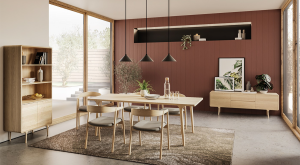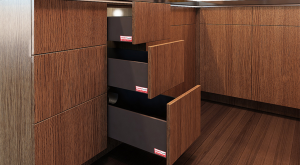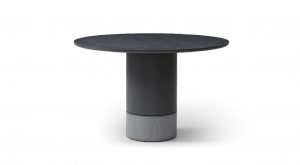Featured Post
Beginner’s Guide to DIY Tools: How to Choose the Right Tools for Your Projects
Starting a DIY project is an exciting adventure, but picking the right tools can feel daunting. This Beginner’s Guide to DIY Tools offers clear, practical advice to help you choose the best tools for your projects, with a focus on assembling cabinets and furniture.
How to Choose the Right Tools for Your DIY Projects
The key to a successful DIY project lies in having the right tools. A mismatch can slow you down or ruin your work. Here’s what to think about when picking tools:
- Budget: Decide what you can spend. Cheap tools might save cash now, but quality ones last longer.
- How Often You’ll Use Them: For frequent projects, get sturdy tools. For one-off tasks, basic options work fine.
- Project Needs: Match tools to your task. A simple shelf needs less than a full cabinet build.
When I built my first table, I grabbed a flimsy screwdriver. It bent halfway through, and I had to start over. That taught me to pick tools that fit the job.
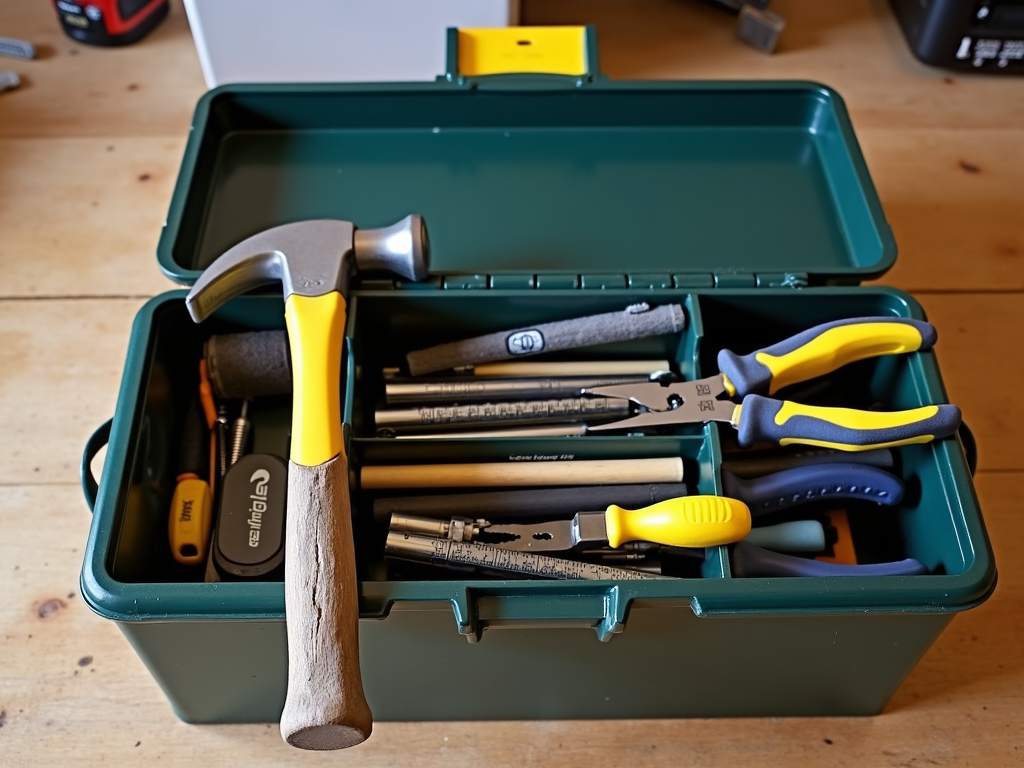
Must-Have Tools for DIY Beginners
Every beginner needs a solid starter kit. Here’s a list of essentials and what they do:
- Hammer: Drives nails in or pulls them out.
- Screwdrivers (Flathead and Phillips): Tightens or loosens screws.
- Pliers: Grips small items or cuts wire.
- Tape Measure: Measures length accurately.
- Level: Keeps things straight and even.
- Drill: Makes holes or drives screws fast.
These cover most basic projects. Start here, then add more as you grow.
Using Tools the Right Way
Having tools isn’t enough—you need to use them correctly. A hammer won’t help with screws, and a dull blade can mess up your cuts. Learn each tool’s purpose to work smarter and safer.
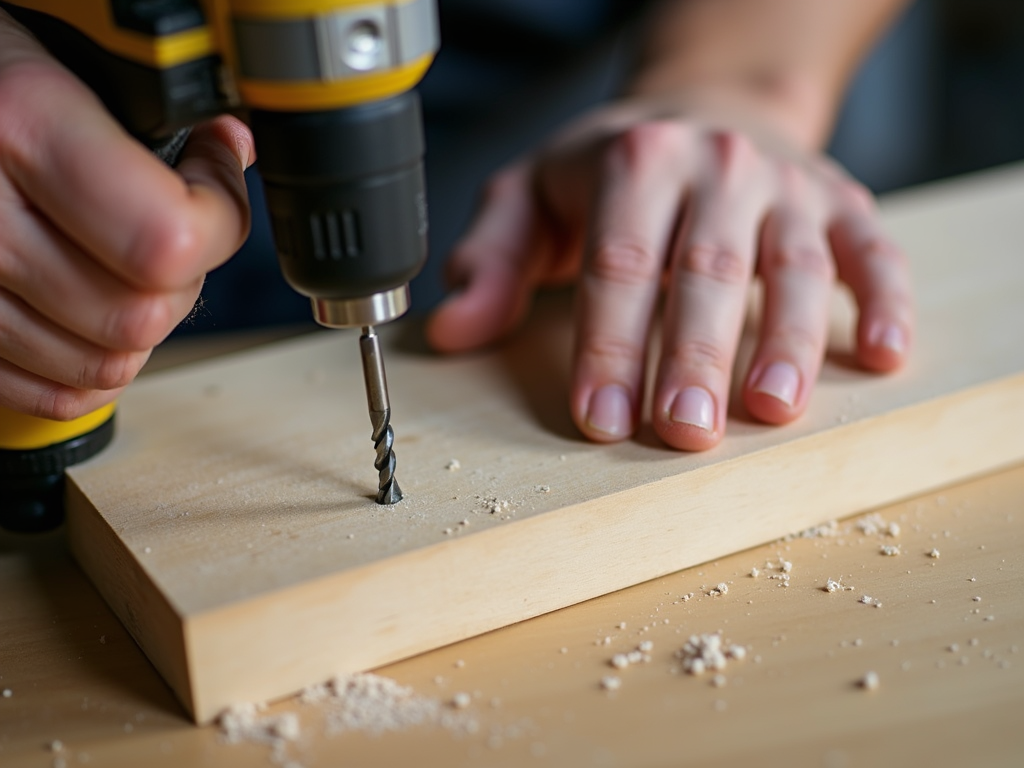
Cabinet and Furniture Assembly Tips
Building cabinets or furniture is a great DIY challenge. With the right approach, you’ll get solid results. Try these cabinet furniture assembly tips:
- Check the Manual: Read the instructions first. It shows you what tools and steps you’ll need.
- Gather Everything: Lay out tools and parts before starting. I once lost 20 minutes hunting for a missing screw.
- Key Tools: Use a screwdriver, drill, level, and clamps for cabinets and furniture.
- Go Slow: Rushing leads to crooked pieces. Take your time to line things up.
My first cabinet was a disaster—uneven doors because I skipped the level. Now, I double-check every step.
Tool Table for Assembly
Here’s a quick table of tools for cabinet and furniture projects:
| Tool | Use | Tip |
|---|---|---|
| Screwdriver | Tightens screws | Match the head type |
| Drill | Drills holes | Use a steady hand |
| Level | Ensures even surfaces | Check twice |
| Clamps | Holds pieces together | Tighten gently |
This combo makes assembly smoother.
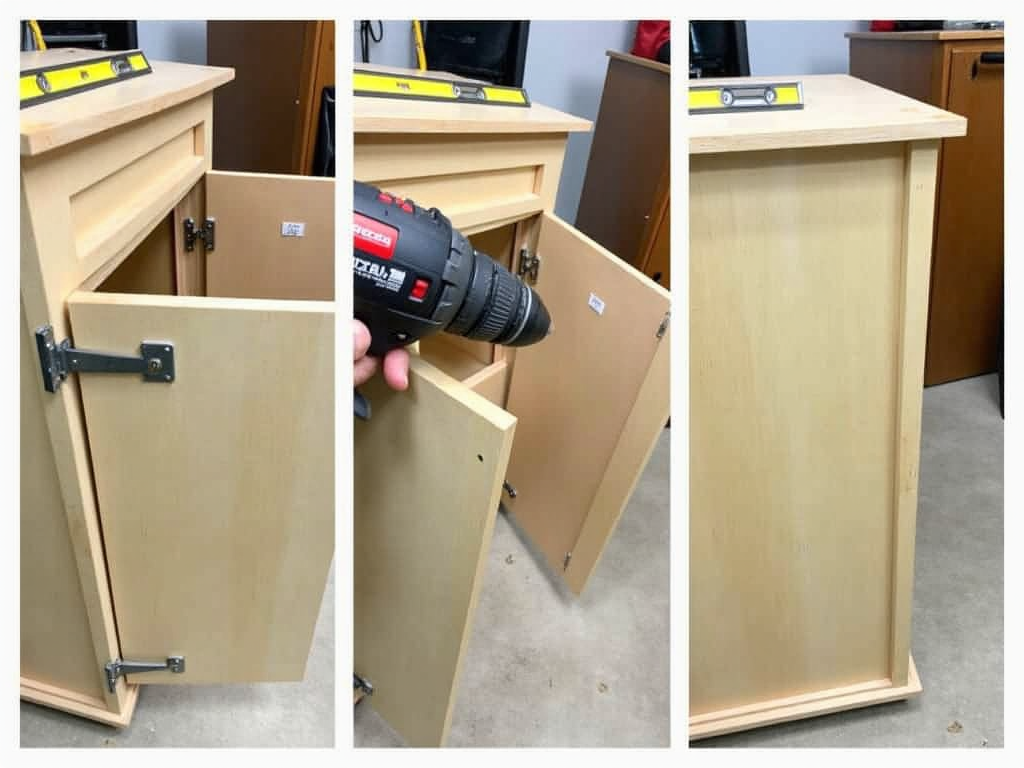
Mistakes to Watch Out For
Beginners often trip over the same hurdles. Here’s how to dodge them:
- Wrong Tool Choice: Don’t force a tool to do something it’s not meant for—like using a wrench to hammer nails.
- Skipping Safety: Wear gloves and goggles. A splinter in my hand taught me that lesson.
- Neglecting Tool Care: Clean tools after use. Rust can ruin them.
I once ignored a drill’s wobbly bit. It snapped mid-project, costing me time and money. Stay sharp and safe.
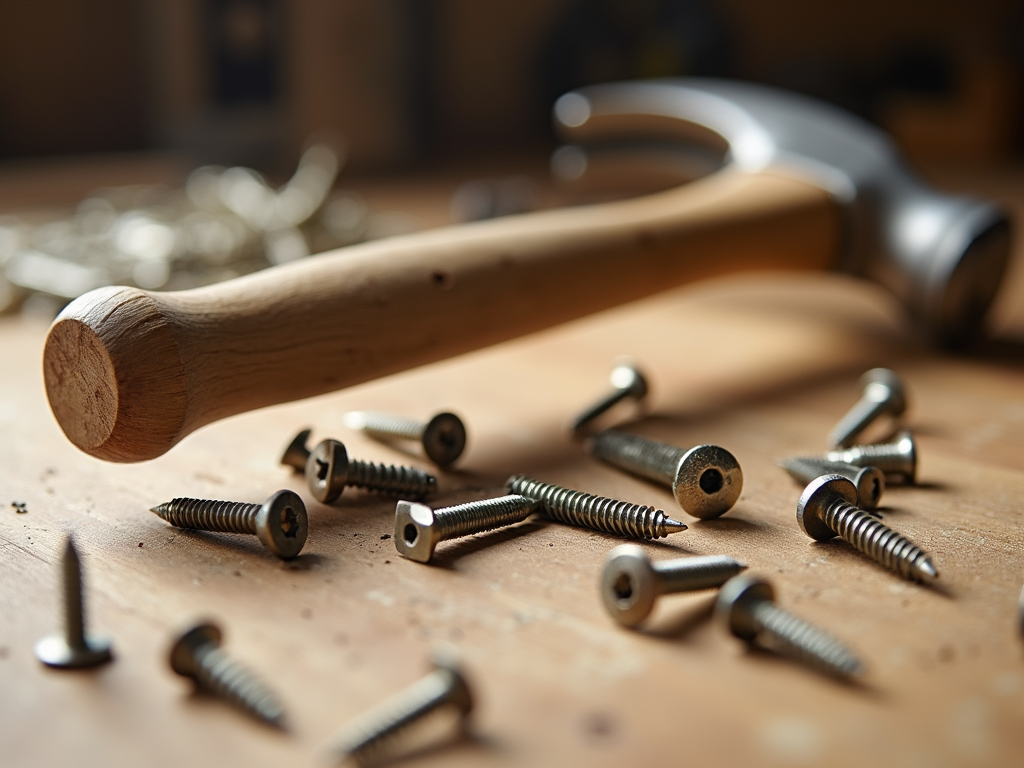
Tips for Growing Your Skills
Start small with your tools, like a picture frame or shelf. As you get comfortable, tackle bigger projects like furniture. Each build teaches you something new. I went from wobbly stools to a full desk in a year—patience pays off.
Why Quality Matters
Cheap tools might seem smart, but they wear out fast. A solid drill or screwdriver handles tough jobs and lasts years. Spend a little more now to avoid headaches later.
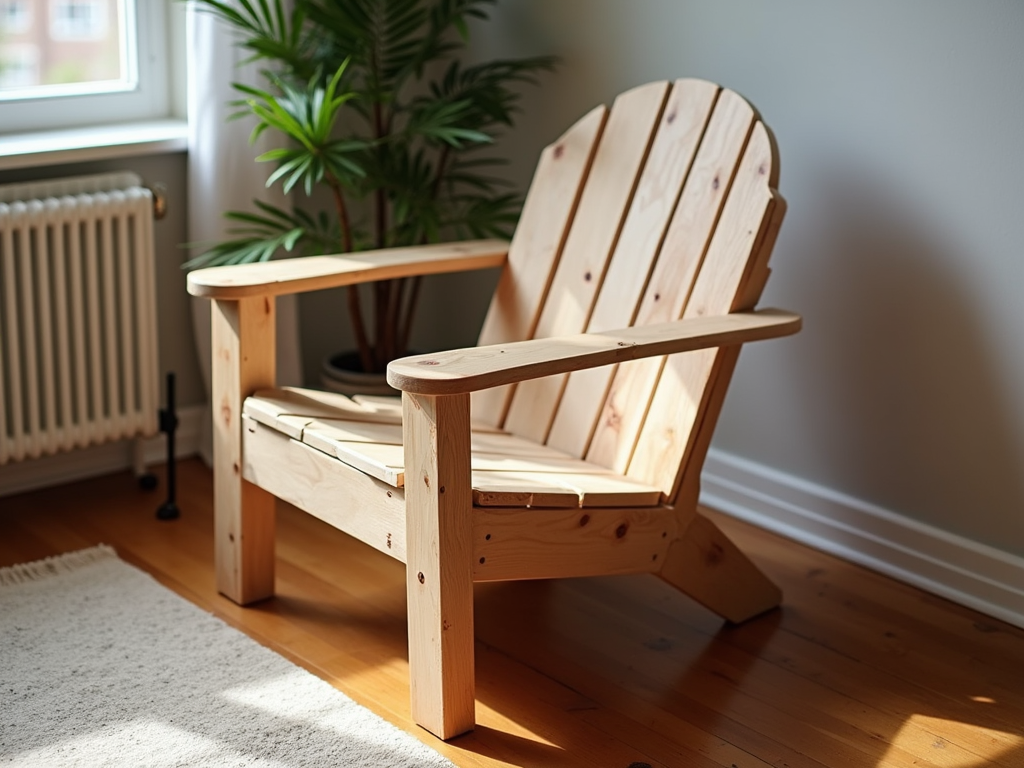
Summary
DIY is all about starting with the right tools and know-how. This Beginner’s Guide to DIY Tools walked you through picking tools, assembling cabinets and furniture, and avoiding slip-ups. Jump in, take it slow, and watch your skills grow with every project.



